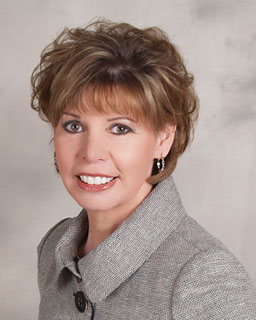AASV Straight Talk –Education: Changing paradigms (Sep 2012)
In the field of education, there is always a desire to improve and enhance the process to better prepare students for their field of study. Veterinary education is no different in that regard. The profession has many talented and committed teachers who enjoy what they do. This issue’s column is a question-and-answer session with Dr Josh Ellingson, a clinician at the Swine Medicine Education Center at Iowa State University. He shares his insights and experiences as the center passes its 1-year milestone.
Q: From your perspective, how are veterinary schools best equipped to educate and train future swine veterinarians?
A: Veterinary schools are equipped with industry experts, leaders in swine health and production, experts in education and assessment, access to current “real-world” commercial challenges through diagnostic-laboratory cases, and the infrastructure to recruit, house, and provide students with the required materials for learning (access to published literature, books, conference proceedings, etc). Professionals within university systems also help students make industry contacts by facilitating connections within their network of colleagues working in the industry.
Q: What are some of the areas in which industry (practitioners and others) can help bridge the gap between classroom and hands-on experience?
A: Industry professionals can help students gain practical experience and a better understanding by getting involved in the educational process. There are a variety of ways to get involved, including hosting students for internships and preceptorships, guest-speaking opportunities for student clubs and courses, providing relevant case examples for student courses, interacting with students at meetings and events, and providing funding for student scholarships or educational programs. Everyone has a stake in the development of the next generation (prevention of foreign-animal disease, integrity of food safety, protecting our export markets, etc), and industry input is absolutely essential.
Q: How can veterinary schools, practitioners, and the swine industry work together? What are their roles?
A: All sectors must work together to provide future practitioners and decision makers the necessary opportunities to develop the skills, knowledge base, and experience to be positive members of the profession. Veterinary schools will provide the teaching of skills and knowledge, but may struggle to provide students with practical experience. Practitioners can help fill this gap by providing academic instructors with relevant case examples or by hosting students on internship and preceptorships. Other swine-industry professionals may be better suited to help fund opportunities at the university and field level through scholarships and specialized program funding.
Q: Have the skill sets necessary to practice changed from what they were 10 or 15 years ago? How?
A: The industry has undergone considerable change during this time, while the typical university educational model has not. New graduates are now tasked with the added challenge of practicing medicine with much larger animal populations. Each decision made at the farm level now has much bigger ramifications for the producer, the industry, and our society. Complicating matters even more is the added scrutiny of antibiotic usage, animal-welfare issues, and the need for veterinarians to provide larger roles in production and business management. Most current university teaching herds lack the size and challenges facing the commercial industry.
Q: How has technology changed the teaching environment?
A: Technology has revolutionized the teaching environment. It is now possible to bring a pig farm or demonstration of a technical procedure to an entire classroom of students through the use of multimedia. Not only has this improved the educational content for future swine veterinarians, but it also provides their future colleagues with an introduction to swine medicine. Technological advances have also resulted in the widespread access to knowledge. This phenomenon also applies to producers, who are more knowledgeable and ask tougher questions new veterinarians must be ready to answer.
Q: What are the new trends and opportunities in continuing education for swine veterinarians?
A: Online Webinars and targeted educational modules are the newest opportunities for practitioners to gain insight on new topics and review relevant material. For veterinarians transitioning into the swine industry, there also are more in-depth courses available at universities and education centers. Major conference meetings will remain as a primary source for continuing education. The camaraderie, success stories shared, passion displayed, and inspiration gained from such conferences is difficult to replace.
— Tracy Ann Raef
